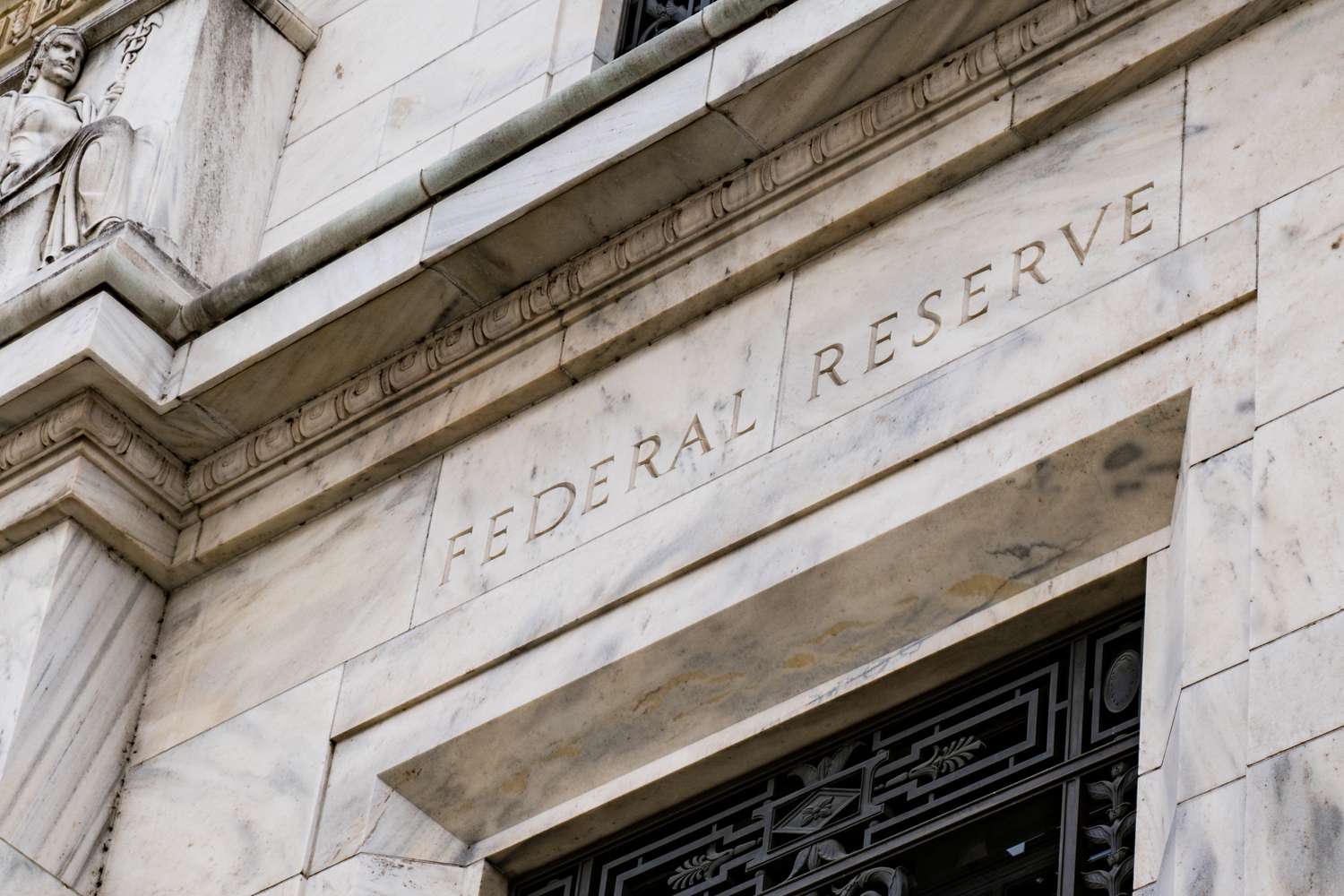When the Federal Reserve (or any central bank) cuts interest rates, it’s a signal that the economy needs some help—often due to slowing growth or recession risks. These rate cuts aim to make borrowing cheaper, encouraging spending and investment. Here’s a breakdown of the common effects of rate cuts and what traders and investors should pay attention to:
1. Economic Boost
What Happens:
Borrowing becomes cheaper for businesses and consumers.
People spend more, and businesses invest more, driving economic growth.
What to Watch:
Sectors like retail, real estate, and consumer goods often benefit as spending increases. Look for opportunities in these industries.
Watch economic data (like GDP growth and consumer confidence) to gauge whether the cuts are working.
2. Stock Market Reactions
What Happens:
Short-Term: Stock markets often rally because lower borrowing costs can boost company profits.
Long-Term: The rally may continue if the economy improves, but if the cuts signal deeper economic trouble, markets could remain volatile.
What to Watch:
Look for strong performers in industries sensitive to borrowing costs (e.g., technology, manufacturing).
Keep an eye on investor sentiment—are they optimistic about growth or worried about a slowdown?
3. Bond Market Movements
What Happens:
Bond prices rise as existing bonds with higher yields become more valuable.
Yields on new bonds fall, reducing returns for safe investments.
What to Watch:
Consider bonds if you want safer investments during uncertainty.
Track bond yield curves; a steepening curve can indicate confidence in future growth.
4. Currency Depreciation
What Happens:
The country’s currency often weakens because lower rates make it less attractive to foreign investors.
A weaker currency boosts exports by making goods cheaper for foreign buyers.
What to Watch:
Export-focused companies may see gains—look at industries like manufacturing and agriculture.
Monitor import-heavy sectors, as higher import costs could increase expenses.
5. Inflation and Deflation Risks
What Happens:
Lower rates can increase spending, pushing prices higher (inflation).
In deep recessions, rate cuts aim to prevent deflation (falling prices), which can worsen economic problems.
What to Watch:
Keep an eye on inflation data (like the Consumer Price Index).
Look for signals from the Fed about future rate adjustments to control inflation.
6. Housing Market Effects
What Happens:
Mortgage rates fall, making homes more affordable.
Home buying increases, boosting construction and housing prices.
What to Watch:
Real estate and construction stocks may benefit.
Be cautious of potential housing bubbles if rates stay low too long.
7. Debt and Borrowing
What Happens:
Consumers and businesses take on more debt due to lower borrowing costs.
Companies may refinance old debt to save money.
What to Watch:
Look for growth in credit-driven sectors like auto, real estate, and consumer discretionary.
Monitor corporate balance sheets to avoid companies overburdened by excessive borrowing.
Historical Examples
- Post-Dotcom Bubble (2001-2003): Fed rate cuts helped economic recovery but contributed to a housing bubble later.
- Global Financial Crisis (2008-2009): Aggressive rate cuts stabilized the economy but led to extended low rates and asset price inflation.
- COVID-19 Pandemic (2020): Rate cuts, alongside other measures, supported markets during a global crisis but also fueled rapid asset growth.
Conclusion
- Short-Term Plays: Stock markets often rally right after a rate cut. Look for quick opportunities in rate-sensitive sectors.
- Long-Term Strategies: Assess whether rate cuts are boosting the economy or signaling deeper problems. Adjust your portfolio based on growth trends.
- Safe Havens: Bonds and defensive stocks can be good choices during uncertainty.
- Currencies and Exports: Watch currency trends and focus on export-driven businesses in a weaker currency environment.
- Inflation Risks: Be prepared to shift strategies if inflation begins to rise significantly.
- By understanding these patterns, you can better position yourself to take advantage of market movements after an interest rate cut.
Make money without lifting your fingers: Start using a world-class auto trading solution
- Broker
- Min Deposit
- Score
- Visit Broker
- Award-winning Cryptocurrency trading platform
- $100 minimum deposit,
- FCA & Cysec regulated
- 20% welcome bonus of upto $10,000
- Minimum deposit $100
- Verify your account before the bonus is credited
- Fund Moneta Markets account with a minimum of $250
- Opt in using the form to claim your 50% deposit bonus
Learn to Trade
Never Miss A Trade Again

Signal Notification
Real-time signal notifications whenever a signal is opened, closes or Updated

Get Alerts
Immediate alerts to your email and mobile phone.

Entry Price Levels
Entry price level for every signal Just choose one of our Top Brokers in the list above to get all this free.




